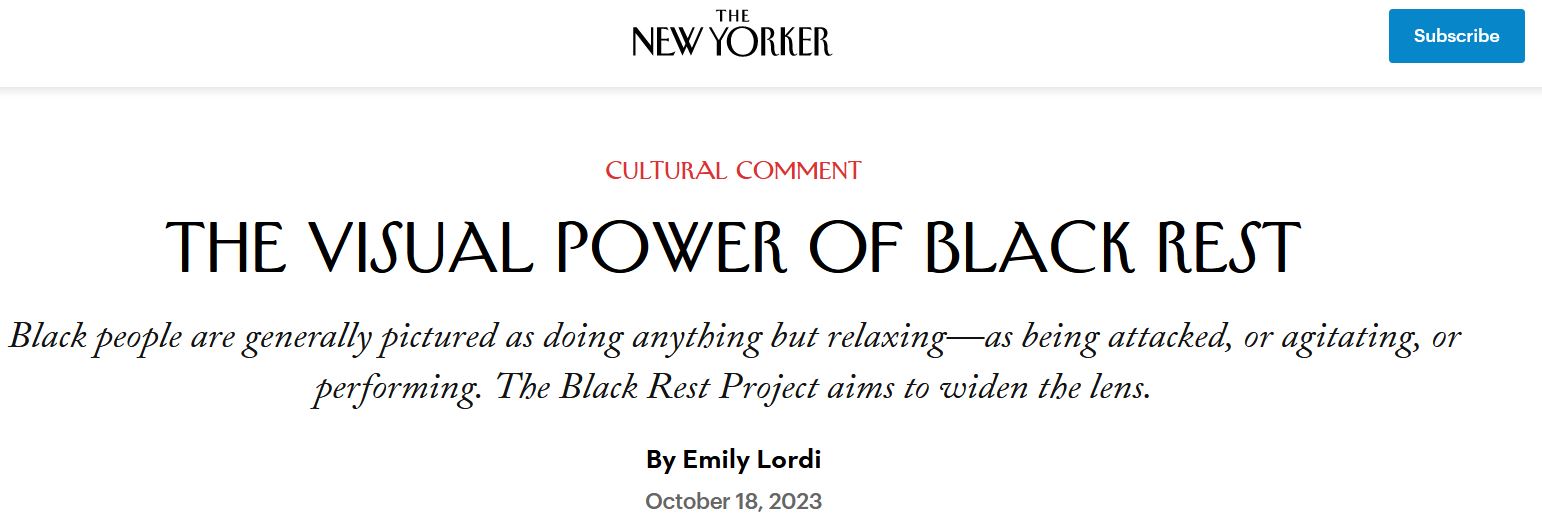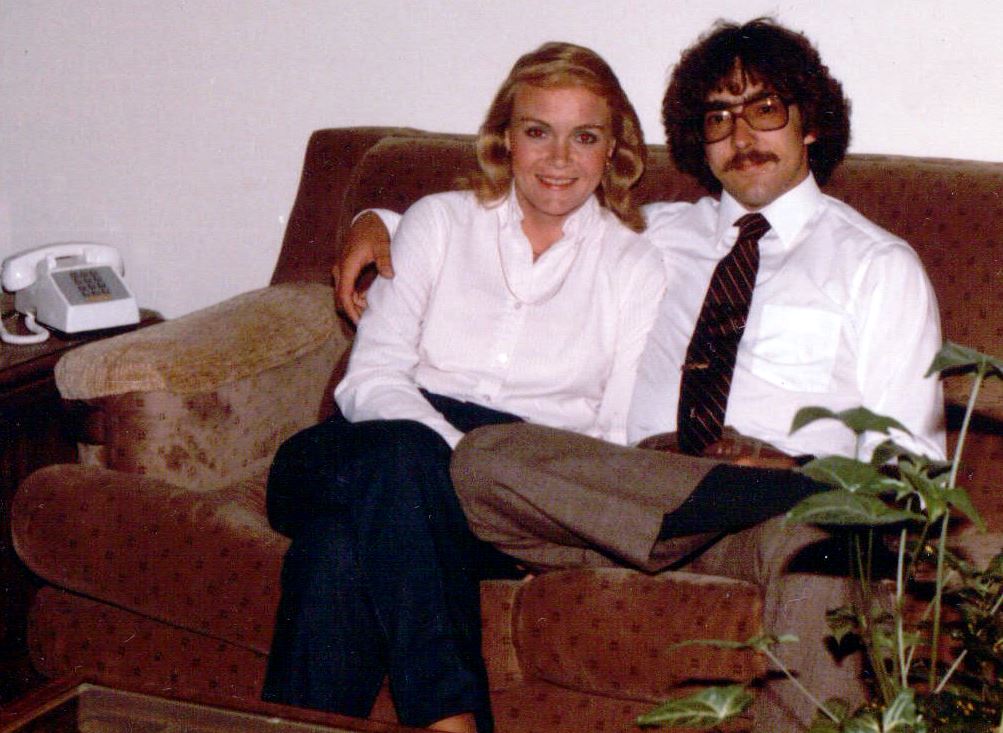
The New Yorker: Black People at Rest
It’s not clear what to make of this article and art exhibit showing Black women resting (h/t Althouse)
If you can’t be arsed to click over, the article talks about a photography exhibit at N.Y.U. and illustrates it with three photos of Black women idle in bed and one getting her hair washed. The article tries to make it sound like a broad social movement.
Perhaps the portrayal of Black idleness will always be, if not haunted, then framed by a broader context that makes it seem like an act of resistance rather than a simple fact of life.
Doesn’t everybody enjoy laying around in bed sometime? Sure, some individuals may be too jumpy or wired for that, but it’s not a genetic thing. We’re screwed if it is decided that laying around in bed is a Black thing, and it’s cultural appropriation to be a layabout.
Have you ever had someone wash your hair? It’s luxurious. Here is the photograph from the article.

The woman is completely satisfied in that moment. She isn’t idle, as the article suggests.
Get one productive thing done each day, my retired friend advises. I count getting a hair cut as a productive task and is recorded in the log. I don’t get a wash, just a cut, but I have to drive to Cleveland Heights and be there on time, so it feels like an accomplishment.
When I was at Clemson for grad school, I used to get my hair permed. It was the style of the day, or at least I thought it was.

The woman who did my hair, Versailles, was a delightful Southern woman of a certain age. Her name was pronounced “ver-sails” instead of “ver-sigh” as the French palace is pronounced. Getting a perm is a big time commitment and starts with a wash. It felt fantastic. Like a wet scalp massage.
While the perm was doing it’s chemistry, Versailles and I would have the best chats. This was in Central, South Carolina, a town with only one traffic light. At that time, the population was about 2000 people, and Versailles knew all of them. Versailles knew Wanda (shown) and enjoyed our relationship. I wasn’t so nuts about being on the gossip board.
The article explains why showing idle Black people is subversive act, but takes an uncharitable view.
On the most basic level, Black people are generally pictured as doing anything but relaxing—as being attacked, or agitating, or performing feats of athleticism or entertainment. It can seem that Black ease is permitted only in death, as in the benediction to which the exhibition title alludes, “Rest in power.”
At the Althouse blog, a commenter, who alleges to be Black, mentions the pernicious “negro lassitude” stereotype, and that makes more sense.
People try to be sensitive, so avoid supporting stereotypes. Look at the webpage for your university’s College of Engineering. White men make up half of the engineering population, but that’s not what is represented in the brochure.
I have attended several World’s Fairs. They use the word “expo” now. Countries have exhibits, some large and some small, but usually, there is a large photo mural of the people of that country. The murals for Western countries all look like the “Colors of Benetton” with diversity on display. All except for Austria. They had a bunch of good looking White people. It’s noticeable because every other Western country is making a statement. Austria has some background in racial purity, but they apparently don’t care. Hitler was from Austria, but Germany gets all of the flak for that.
Maybe the article shows progress because idle Black people can be shown again. The author of the article should not take umbrage at people for being sensitive. Some Black people are lazy, but there are guys like Kevin Hart. Some Asians are industrious, but for Asian countries, that may come down to a dearth of social safety nets. I’m White, and am no stranger to lassitude. I lean in.
Lassitude is a word that I’ve never heard anyone use in a conversation. Once, when Versailles was working on me, she used another. I don’t know what we were talking about, but she said something that sounded foreign to a Northerner. It was approximately, “You know, those pickaninnies are dressed up so nice for church every Sunday. They are just adorable.”
I didn’t know what to make of that. Versailles was the nicest, sweetest lady, and I can’t believe that she had any racist or uncharitable feelings about anyone. To her, a pickaninny was a little black kid.
I’d heard the word “pickaninny”, but only from the musical Hair. That was the first album I ever purchased. If you aren’t familiar, one song starts:
I’m a colored spade, a negro, a black nigger, a jungle bunny, jigaboo coon, pickaninny mau mau
Uncle Tom, Aunt Jemima, little black Sambo, cotton pickin’, swamp guinea, junk man, shoeshine boy
The song goes on like that, and doesn’t clean up it’s act. I didn’t understand most of it. I’d watched the movie Shaft and a few other blaxploitation movies and North Olmsted used to have a Sambo’s restaurant. That was the extent of my knowledge of racial terms. I didn’t know what a “pickaninny” was, but by association, it ain’t good. Versailles and I did talk about her choice of words, but she seemed a little baffled by my hot take.
Perhaps articles like this New Yorker piece will destroy other taboos. It would be insensitive to depict Black people eating fried chicken, but fried chicken is delicious. Why shouldn’t everyone enjoy it? Let’s get passed the whole business.